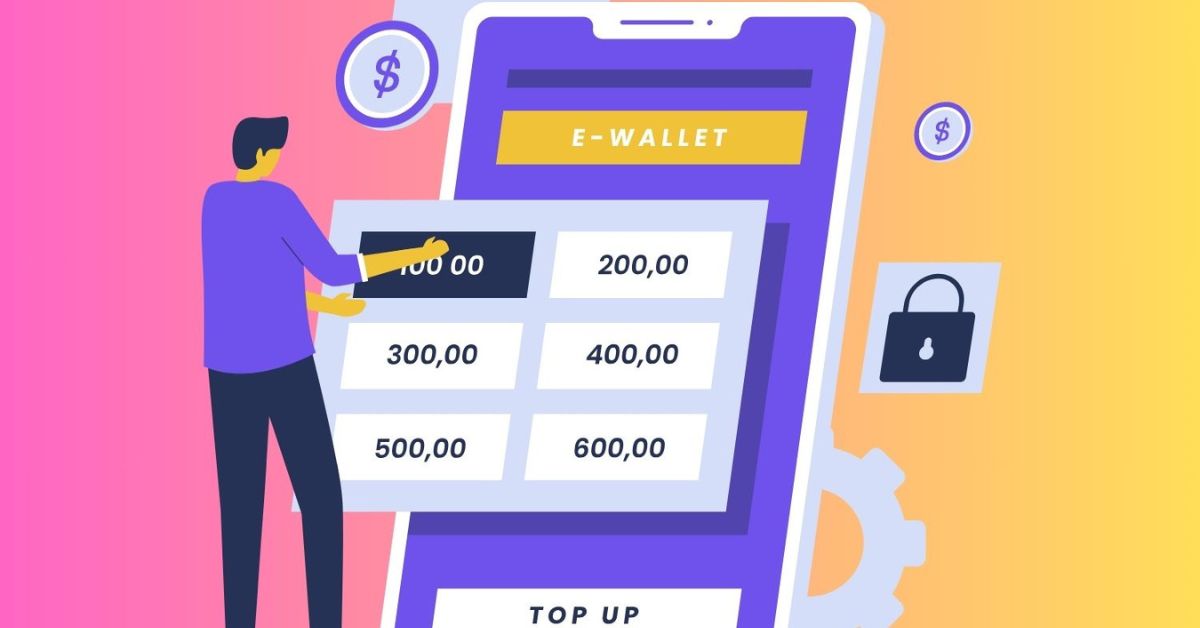Introduction
Peer-to-peer lending is a revolutionary financial model that democratizes access to finance by allowing individuals to lend and borrow money directly through online platforms, bypassing traditional banking intermediaries.
What is Peer-to-Peer Lending?
Peer-to-peer lending, also known as social lending, connects borrowers with lenders via online platforms, reducing intermediaries and promoting competitive interest rates and broader credit access.
The Growth of P2P Lending
The P2P lending industry has experienced significant growth in the past decade, driven by technological advancements and consumer dissatisfaction with traditional banking services, facilitated by platforms like LendingClub and Prosper.
Benefits of P2P Lending
1. Accessibility
P2P lending platforms provide easier access to credit for borrowers who may not qualify for traditional bank loans due to stringent criteria or lower credit scores. This inclusivity helps fill the gap in the credit market, especially for small personal loans or startup business financing.
2. Competitive Interest Rates
Without the overhead costs associated with traditional banks, P2P lending platforms can offer lower interest rates to borrowers while still providing competitive returns to investors. This win-win scenario enhances the appeal of P2P lending in the financial ecosystem.
3. Higher Returns for Investors
Investors in P2P lending often experience higher returns on their investments compared to traditional fixed-income investments. This is appealing, particularly in a low-interest-rate environment.
4. Diversification
Investors use P2P lending as a way to diversify their portfolios beyond traditional stocks and bonds. The unique risk profile of P2P loans offers a beneficial diversification tool.
Challenges and Risks
1. Credit Risk
The biggest challenge for P2P lending is the credit risk associated with unsecured loans. While platforms implement advanced algorithms to assess borrower risk, the potential for default is still significant, especially with higher-risk borrowers.
2. Regulatory Challenges
The P2P lending industry faces significant regulatory scrutiny as it intersects with traditional financial and banking regulations. Platforms must navigate complex regulatory landscapes, which can vary significantly from one jurisdiction to another.
3. Market Conditions
Economic downturns and changing market conditions can significantly impact the reliability and stability of P2P investments. Investors’ risk tolerance may fluctuate with economic cycles, affecting funding availability for borrowers.
The Role of P2P Lending in the Financial Ecosystem
P2P lending complements the traditional financial ecosystem by addressing needs not met by conventional banks and financial institutions. It has introduced a more consumer-centric approach, emphasizing transparency and user experience. As technology advances and regulatory frameworks evolve, P2P lending is poised to become an integral part of the financial landscape, offering an alternative model that could reshape future banking norms and practices.
Conclusion
Peer-to-peer lending is revolutionizing capital access and supply, challenging traditional banking models, and introducing competitive, flexible financial products. Despite risks, its benefits and continuous improvements in technology and regulatory frameworks make it a promising global financial ecosystem.
#P2PLending #FinancialInnovation #FinTech #Investment #CreditRisk #FinancialMarkets #AlternativeFinance
Categories



